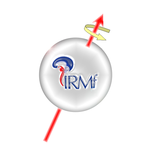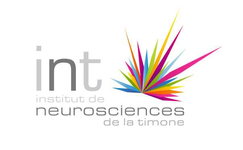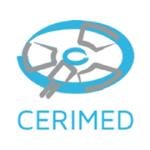The MRI Centre’s stimulation bench is a hardware and software environment that allows researchers in neuro-imaging, integrative neuroscience, cognitive or clinical psychology to interact as completely and accurately as possible with subjects (human or NHP) installed in the MRI scanner, in order to make it possible to carry out experiments in brain functional MRI.
A complete Technical Description of the stimulation bench is available for an exhaustive presentation. For those who are simply interested in the different stimulation and data collection modalities, they are summarized and available through the lines below :
– Stimulators
From a material point of view, the main stimulation peripherals developed cover a wide range of perceptual inputs:
- Visual stimuli: LCD video projector, diode arrays, programmable occlusion glasses
- Auditory stimulation: piezoelectric and electrodynamic systems in a complete audio environment
- Cutaneous stimulations: piezoelectric vibrators, electrical stimulation
- Olfactory stimulation: pneumatic bench for odour diffusion, synchronised with respiration
- Proprioceptive Stimulation: Pressure-regulated pneumatic vibrators
– Collecting responses from subjects
In the same vein, the various response collection devices also tend to cover the widest possible panel, depending on the needs of the teams:
- Multiple-choice behavioural responses: ergonomic 5-button keypads (right hand, left hand), response buttons. Precise measurement of response times using electronic counters.
- Visual Behavior: EyeLink 1000 Eye-Tracking System
- Motor responses: non-magnetic joystick, optical trackball, joint movements, optical movement sensor, analogue force sensor
- Voice response: MRI-compatible optical audio recording system with real-time amplification and noise cancellation
- Physiological responses: heart rate (plethysmography), respiration, electro-dermal response, swallowing, ElectroMyograGraphy (EMG)
- Graphic tablet dedicated to writing or pointing tasks.
All of these peripherals (stimulators or response sensors) are either developed within our platform or in partnership with local players in our network of expertise (engineering schools in the Aix-Marseille area), or purchased from manufacturers, provided that they are perfectly mastered and can be developed within our platform.


